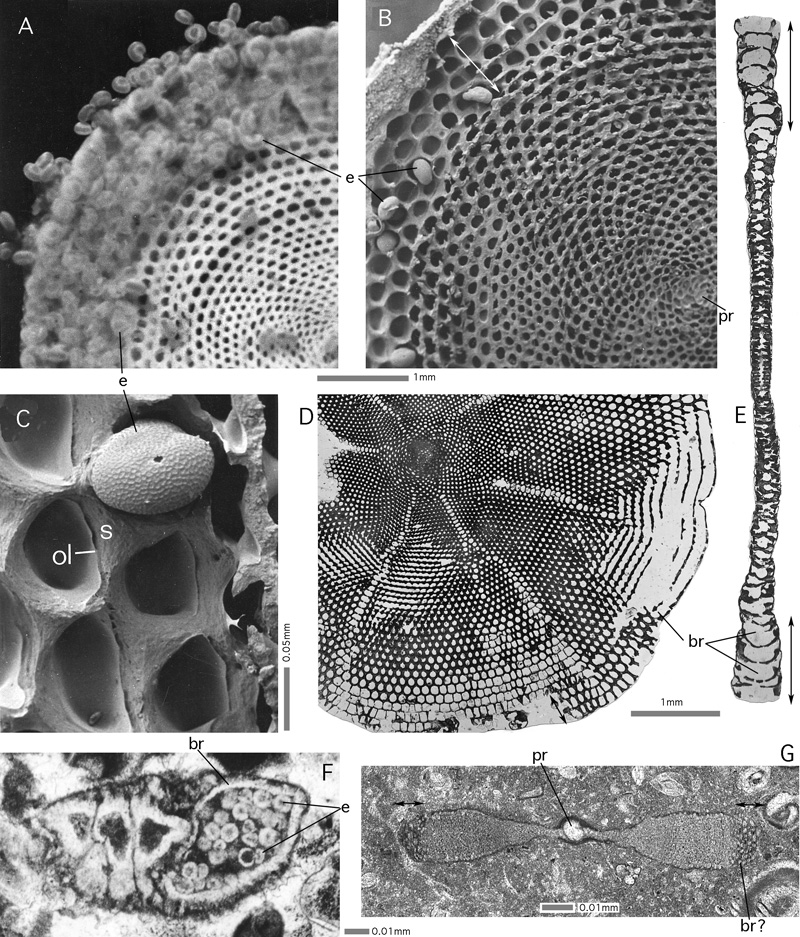
Figure 24: Brood chambers in agamonts of
(A-C) Sorites orbiculus () and
(D-E) Amphisorus hemprichii , all from the Gulf of Aqaba. Recent.
A: fresh hatching on empty mother shell under water. B: agamont shell, dried and split open in the equatorial plane. Some embryos remain in situ in the brood chambers. Note size of microspheric proloculus. SEM graph. C: detail of B showing embryo (consisting of proloculus and flexostyle) and surface of resorption including the organic lining. D: equatorial and
E: axial sections showing an abrupt increase in the irregularity and volume of the chamberlet cavity in the last few chamberlet cycles (double arrows) marking the brood chambers. F: Neorotalia sp., thin section parallel to and near the axis of coiling, the last chamber filled with hatchlings. Transparent light micrograph. Spanish Pyrenees, Lower Eocene. G: Orbitolites sp. Oblique-centered thin section, transmitted light micrograph. Note the discrepancy between embryo size and brood chamberlet volumes: we are in presence of either a gamont producing small gametes or zygotes, or of a schizont keeping the offspring in regular broodchambers prior to the first, prolocular shell formation. Lowermost Eocene, Farafrah Oasis, Egypt.
br: brood chamber; e: embryo; ol: organic lining; pr: proloculus; s: septum.